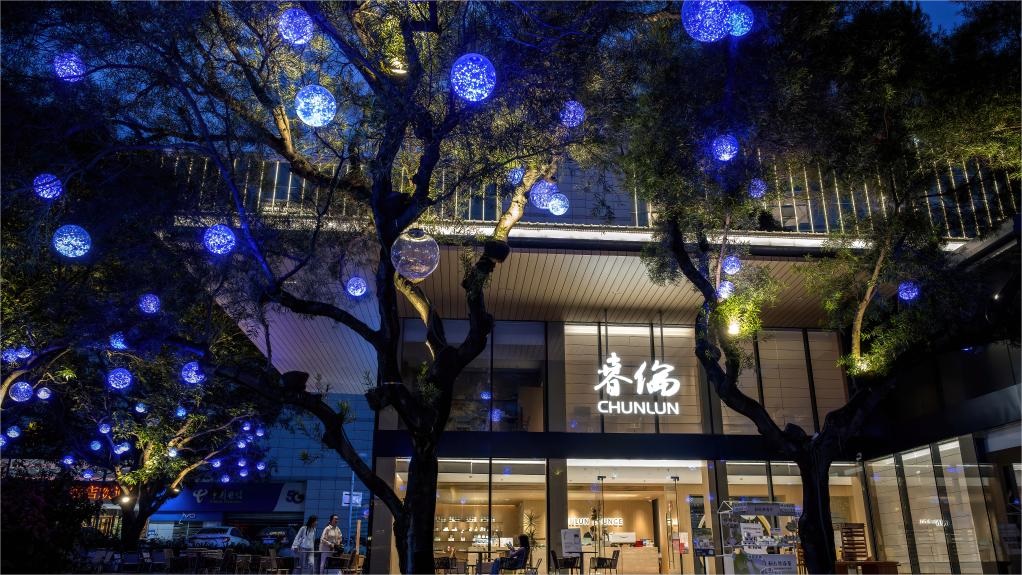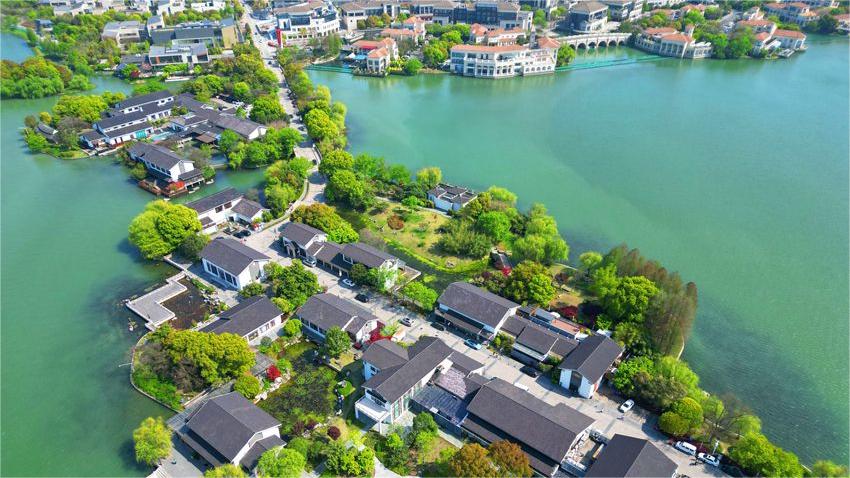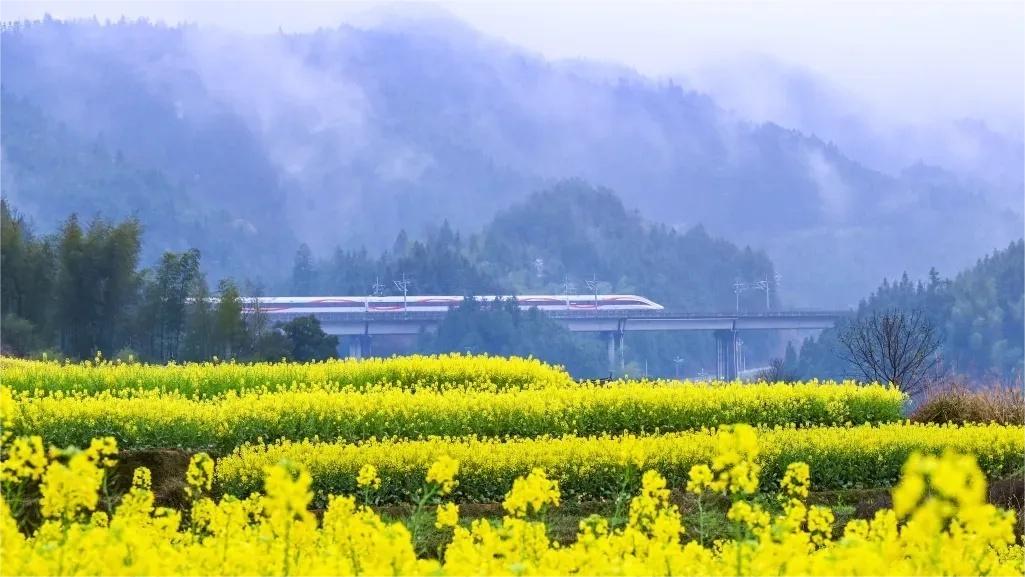Letter from China: Perceiving openness in ancient Silk Road city Xi'an
XI'AN, April 17 (Xinhua) -- Picture the scene: Kazakhstan workers manage inventory as gantry cranes hoist containers onto trucks and trains. Now, think... where this might be taking place? Your initial answer might not be the inland city of Xi'an, capital of Shaanxi Province in northwest China.
If you are someone who loves history like me, then you may have already heard about the city. During the Tang Dynasty (618-907), it was called Chang'an, and it was a hub for merchants, envoys, and students from across the globe.
Despite the name change, the openness of Xi'an, the eastern starting point of the ancient Silk Road, endures, albeit in a more modern form.
The scene at the top of this story describes China-Kazakhstan (Xi'an) Trade Logistics, a freight terminal in Xi'an international port station. It was here that I met Sadvakkas Seitzhanov, general manager of the Chinese branch of KTZ Express, a subsidiary of Kazakhstan's national railway company, Kazakhstan Temir Zholy (KTZ).
Strolling around some of the 6.67-hectare terminal, we used our "outside voices" so we could hear each other over the background sounds of roaring machines. Pointing to row-upon-row containers loading Kazakh goods, Seitzhanov said they are waiting to be transported to eastern China and Southeast Asia. "The booming bilateral trade in recent years has given us the confidence to expand business in China."
According to KTZ, China-Kazakhstan rail cargo volume rose by 22 percent yearly to 28 million tonnes in 2023. For years, KTZ has been transporting goods such as grains and raw materials from Kazakhstan to China, while conveying mechanical equipment and new energy vehicles, among others in reverse.
When I asked him why the firm built a terminal here, he said that Xi'an, located in the heartland of China, has the advantage of distributing and gathering goods, as well as well-established business services. Every 100 minutes, a train leaves or arrives at Xi'an international port station.
"The aim of the terminal in Xi'an is for it to be a transfer hub and warehouse, so that goods can be transferred between China, Kazakhstan, Central Asia and even Europe and other places more efficiently," he said. "We adjust the shipment schedule based on real-time market demand, and share information about the train service and provide one-stop service to our clients."
At the China-Central Asia Summit held in May last year, China vowed to enhance connectivity with a series of measures including accelerating the upgrade of ports and developing China-Europe freight train hubs. China-Kazakhstan (Xi'an) Trade Logistics, jointly launched by KTZ Express and Xi'an Free Trade Port Construction and Operation last December, is an outcome of the summit.
Xi'an and Shaanxi, have attracted more attention from international companies. A total of 408 new foreign-funded enterprises were established in Shaanxi in 2023, a year-on-year increase of 29.9 percent and a record high over the past two decades. The actual utilization of foreign investment also saw an increase last year, according to the provincial commerce department.
Last year, a new manufacturing base in Xi'an, made possible by investment from power equipment multinational Hitachi Energy, was put into use to produce capacitors and power-quality products. Another firm, People &Technology from the Republic of Korea, has invested in an industrial park in Qianxian County near Xi'an, which will manufacture copper foil, a material for more advanced rechargeable lithium batteries once launched into operation.
The openness of Xi'an is not only reflected in international business, but also in people-to-people bonds. Xi'an has 40 sister cities worldwide, and over the past decade, inbound tourists made some 26 million visits to Shaanxi, according to data from local authorities.
Fluent Mandarin speaker Seitzhanov is a Peking University alumnus. He said he has adapted to the lifestyle in Xi'an after working here for almost a year. He said a unique feature of Xi'an is its cultural atmosphere, a nod to his fascination with the city's history.
"I do not need to make a travel plan to see ancient city walls, pagodas and other historical sites. They are everywhere here, and can be seen during a commute or just a casual walk around the city," he said.
While on my recent visit, I stopped by the Xi'an Museum, I was enchanted by a tri-colored galloping horse dating back to the Tang Dynasty. A guide told me that many people believe the ceramic figurine on horseback portrays the diverse culture of the ancient Silk Road.
The statue is just one of many historical documents and relics that bear testament to Xi'an's rich history of over 3,000 years, documenting its evolution as an ancient capital for 13 dynasties, and its position as a hub for commercial trade, cultural communication, and exploration.
"Despite the passing of time, the city has not lost its glamor for international investors thanks to its open economy and comprehensive transport links," Seitzhanov told me, adding that he always takes direct flights between Xi'an and Astana, capital of Kazakhstan.
Photos
Related Stories
- People enjoy springtime in Xi'an, NW China
- NW China's Xi'an attracts tourists with beauty of flowers and cultural sites
- Chinese vice premier meets Kazakh deputy PM
- China, Kazakhstan hold first foreign ministers' strategic dialogue
- Products from BRI partner countries showcased at 4th CICPE
- China willing to promote Digital Silk Road construction with all parties: senior official
Copyright © 2024 People's Daily Online. All Rights Reserved.









